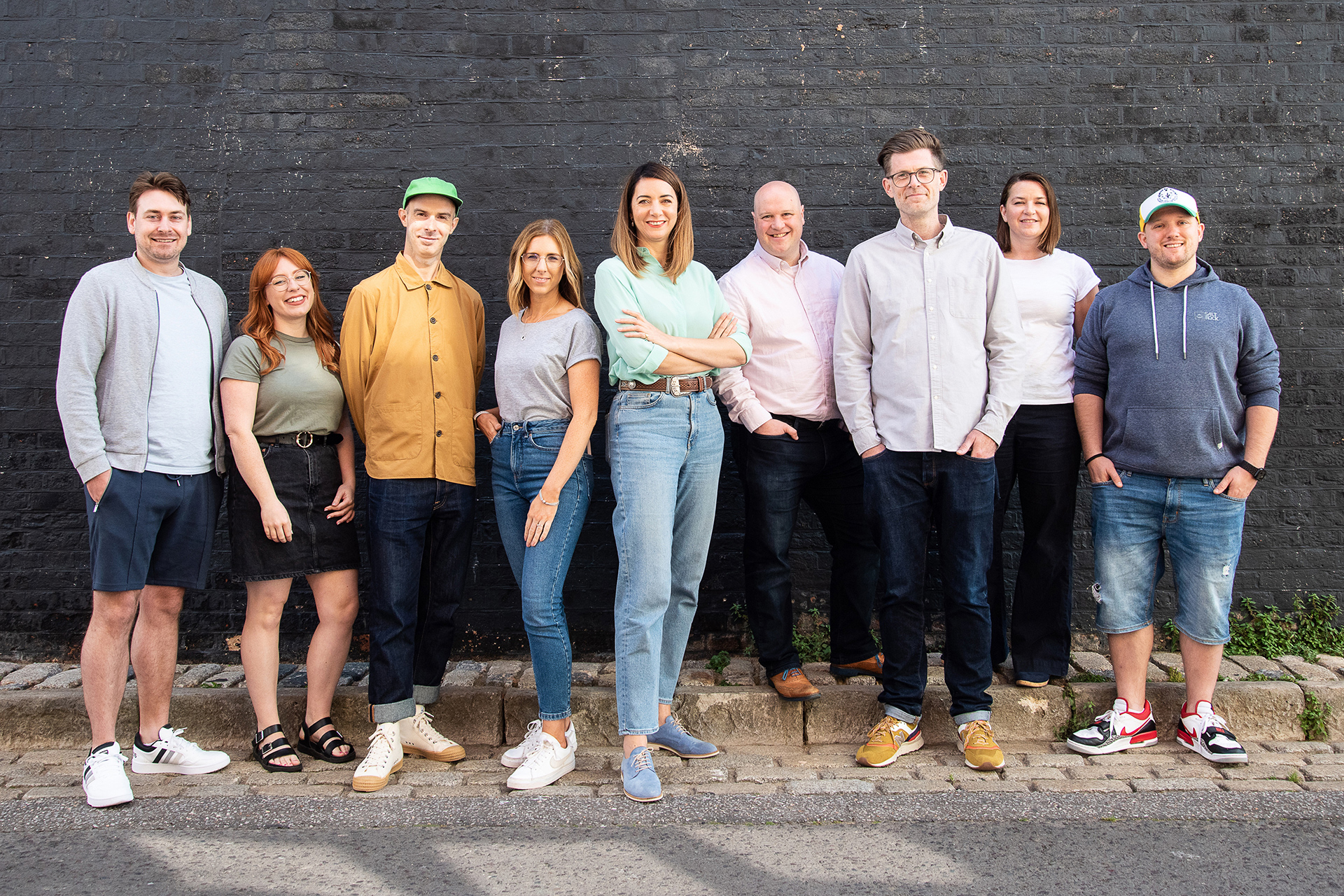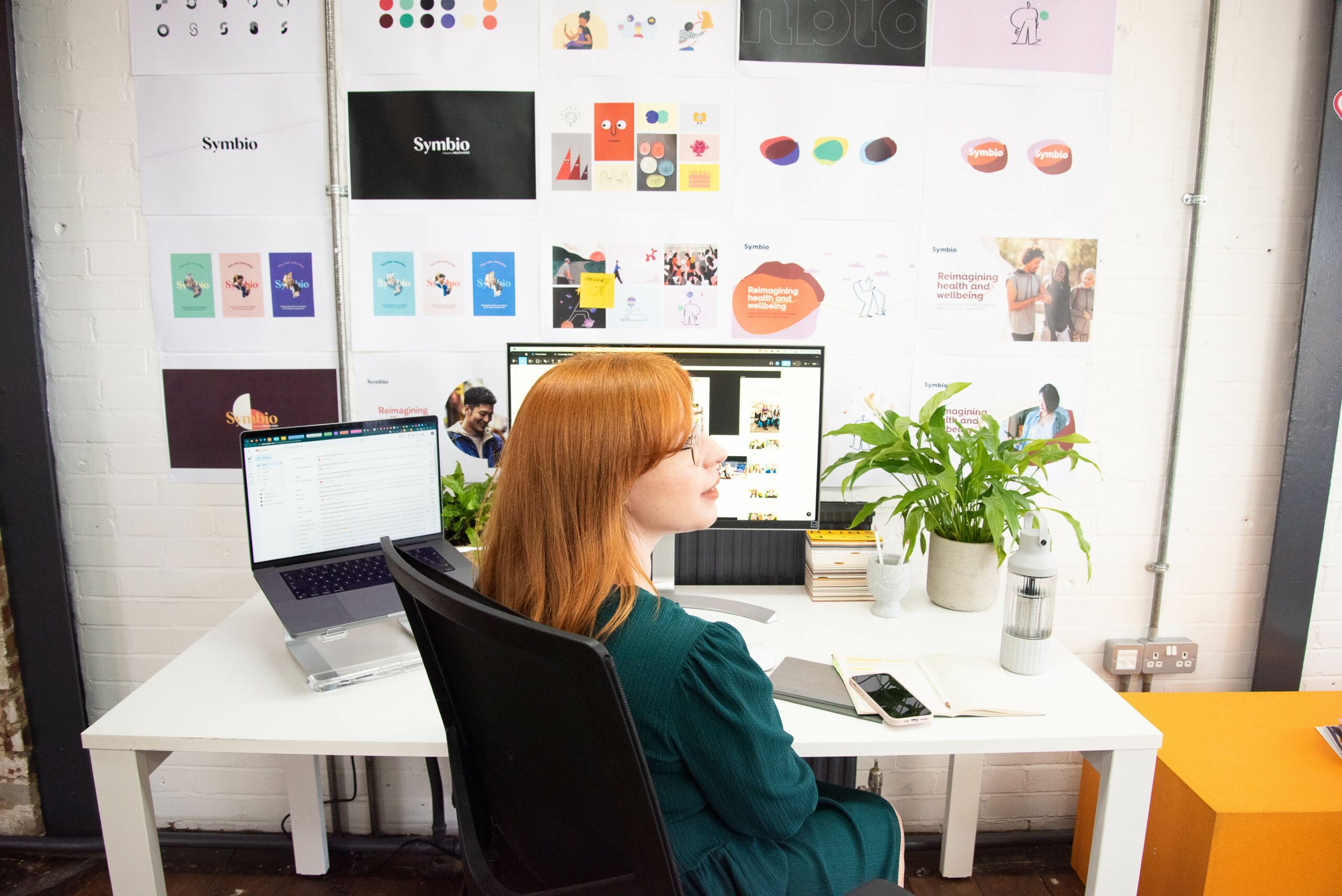The power of discovery and purpose in design
As designers, our role can be incredibly complex. For Natalie, our senior designer, it's only through a deep understanding of the challenge that our work be truly Beautifully Effective®. Find out how discovery and designing with purpose helps us elevate creativity whilst solving the real problem.

There’s something quite unique about the way we work. We’re a small, senior and multiskilled team of planners, thinkers and doers. We embrace our differences, play to our strengths and use our expert knowledge and experience to collaborate under our Beautifully Effective approach.
As designers, our role in this process can be complex, and there are many cogs to the machine. But for me, ensuring we understand the problem first-hand is crucial. It’s this insight that lays down the foundation for the project, and the essence of what makes the solution Beautifully Effective. We call this stage of the project the discovery phase.
What is the discovery phase?
Discovery is the first phase of every project, no matter how big or small. It’s crucial for us to understand the problem we need to solve, for both the client and the end users. Once we’ve discovered these challenges, needs and wants, we gain invaluable insight into what aspects of the problem we need to solve. We can then use these to steer objectives, KPIs and measures of success to test the effectiveness of our solution.
What makes the discovery phase so important (to me)?
The discovery phase is important to the whole team for many reasons and each of us benefits greatly from exploring the challenge from our own perspectives. The success of this first phase comes down to three main factors:
1. Teamwork
Our discovery team will include most if not all of our team and the key stakeholders. Why? We believe the more diverse interests, skills and specialisms we bring in from the onset, the more successful we will be in understanding the problem there is to solve. As a visual learner, I’m a great observer. I take in information best when I hear it and see it presented first-hand, that way I can process and analyse information far more effectively.
2. Gathering information
To truly understand the client, the business, the end users and their needs, we integrate and become part of the client team. We need the raw material first hand. There’s no better way to capture that information than through a balance of user research methods, from face-to-face interviews and workshops, to market research and competitor analysis. More often than not, we’ll find the most valuable insights come not from the powers at be, but from those on the tools or on the front line dealing with the customers and experiencing the problems first-hand.
3. Think like a user
Stepping into the shoes of the end user is crucial. How can we understand the problem without seeing it first-hand, and from the user’s perspective? Whilst interviews and workshops with the internal team can help us build out the bigger picture of the problem at hand, sitting with and observing the user group helps create a far more effective solution.
Design with Purpose
An assumption is that as a designer our only role is to make a solution look good. But this assumption is flawed. The success of a project is measured not only on beautiful aesthetics, but its effectiveness. The only way we know if a solution is effective, is if we have solved the problem we identified at the start of the project through our own exploration and discovery.
What does Beautifully Effective mean to me? It’s the embodiment of our unique approach and way of working which drives everything we do. Our discovery phase is just the tip of the iceberg and if you think a Beautifully Effective solution could solve the challenge you’re facing, get in touch with the team.





